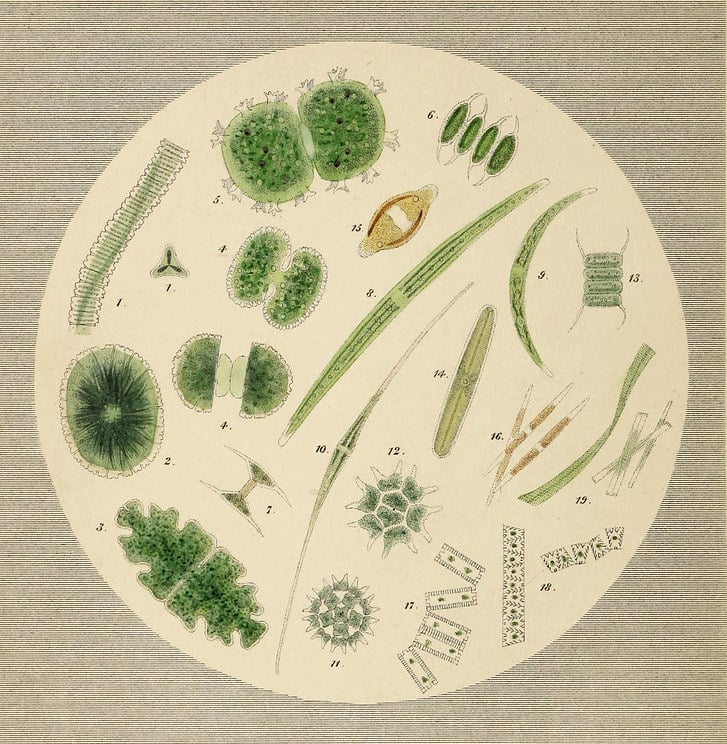Droplets

The ceaseless drip of emails is drowning me, but one caught my eye a few weeks ago, and I was able to snag a seat at Ada Limón’s final event as U.S. Poet Laureate. (Hard to believe three years have passed since I saw Joy Harjo.)
Ada began her talk by thanking librarians and archivists for preserving our stories.
Two institutions distribute many small grants for archival digitization and preservation. I certainly knew of the National Endowment for the Humanities, but I had never heard of the Institute of Museum and Library Services. Both agencies are part of the U.S. government, which last year spent a total of $6.75 trillion dollars.
That number is large to the point of abstraction. To our brains, a trillion of anything is closer to modern art than to the coins in a tip jar. With the ongoing swirl of news about national budgets, I realized that I haven’t read any reporting that provides a clear, concise account of the scale.
So I did some math.
Imagine a two-liter bottle of Coca-Cola sitting on your kitchen countertop. That’s the 2024 federal budget. The combined amount of money for the NEH and IMLS is three drops.
Yet those three drops contain countless human interactions that knit communities and regions: from library programs — after-school literary initiatives for children, benefits assistance for military veterans, technology classes for older adults — to digitization efforts at historical societies and local museums that conserve archival collections and make them available to more people for research, education, and inspiration. Some grant funding has already been revoked with official notices stating that the work “no longer serves the interest of the United States.”
Those three drops contain “what makes us human — like language, religion, philosophy, history, art...”
Those three drops contain America.
Near the end of Ada’s talk in a standing-room-only theater at the Library of Congress, she quoted from a poem that has vaulted into my all-time favorites with both an imperative and an encouragement: “Be good, then better.” Together “we can make a house called tomorrow.”
—
This newsletter was written on the traditional lands of the Piscataway and Nacotchtank.